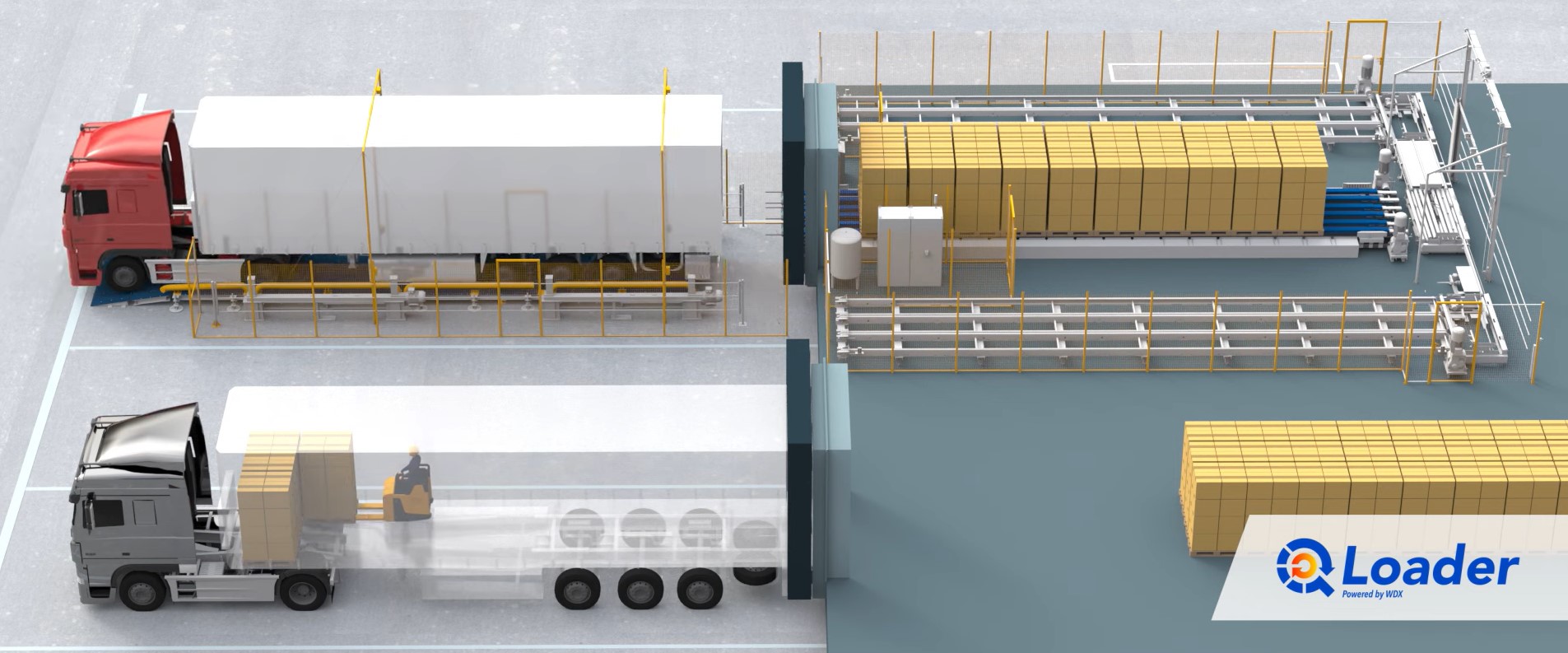
The U.S. Additive Manufacturing Market by Type (Desktop 3D Printer and Industrial 3D Printer), by Technology (Stereolithography, Fused Deposition Modeling, Selective Laser Sintering, Direct Metal Laser Sintering, Polyjet Printing, Inkjet Printing, Electron Beam Melting, Laser Metal Deposition, Digital Light Processing, Laminated Object Manufacturing, and Other Technology), by Component (Hardware, Software, and Services), by Application (Prototyping, Tooling, and Functional Parts), and by End User (Desktop Additive Manufacturing and Industrial Additive Manufacturing)– Opportunity Analysis and Industry Forecast, 2024–2030
Industry: Construction & Manufacturing | Publish Date: 08-Nov-2024 | No of Pages: 138 | No. of Tables: 102 | No. of Figures: 67 | Format: PDF | Report Code : CM646
The U.S. Additive Manufacturing Market Overview
The U.S. Additive Manufacturing Market size was valued at USD 6.83 billion in 2023, and is predicted to reach USD 27.29 billion by 2030, at a CAGR of 20.4% from 2024 to 2030. In terms of volume, the market size was 325 thousand units in 2023, and is projected to reach 1508 thousand units by 2030, with a CAGR of 22.4% from 2024 to 2030.
The additive manufacturing (AM) market, also known as additive layer manufacturing (ALM) or three-dimensional (3D) printing, represents the global industry dedicated to the development, production, and distribution of technologies and materials used to create three-dimensional objects layer by layer from digital models. This market serves various sectors, including aerospace, automotive, healthcare, and consumer goods, offering innovative solutions for prototyping, production, and custom manufacturing.
AM is renowned for its ability to produce highly complex and customized components with minimal material waste, leading to significant cost savings and environmental benefits. A key feature of this market is the diversity of printing technologies available, such as stereolithography (SLA), selective laser sintering (SLS), and fused deposition modeling (FDM), each tailored to specific industry needs and applications. Additionally, the rapid prototyping capability of AM accelerates product development cycles, allowing businesses to innovate and bring products to market faster than traditional manufacturing methods.
Increasing Expenditure by Automotive Industry Drives the Growth of the Additive Manufacturing Market
The increase in spending by the automotive industry is heightening the U.S. additive manufacturing market demand for the technologies, as automakers allocate resources toward innovative solutions that offer enhanced efficiency, cost-effectiveness, and agility in production processes. By investing in additive manufacturing, automotive companies aim to optimize manufacturing workflows, reduce lead times, and introduce novel designs that cater to evolving consumer preferences and regulatory standards.
According to a report published by the Center for Automotive Research in 2022, the U.S. automotive industry spends around USD 16 to USD 18 billion annually on research and product development, with 99% of that funded by the industry itself. This surge in spending reflects a strategic shift towards the adoption of AM for rapid prototyping, tooling, and the production of end-use parts within the country’s automotive sector.
Rising Healthcare Investment Propels the U.S. Additive Manufacturing Market Growth
The growing investment in healthcare in the U.S. is driving the demand for AM technologies as the industry seeks innovative solutions to meet the needs of personalized medicine, patient-specific treatments, and medical device customization. With rising healthcare expenditures, there is a pressing need for cost-effective, on-demand production of complex medical components, prosthetics, implants, and surgical guides, all of that are efficiently achieved through AM technologies.
According to the American Medical Association report in 2024, healthcare spending in the U.S. increased by 4.1%, reaching approximately USD 4.4 trillion in 2022. This surge in healthcare investment necessitates the adoption of advanced medical devices such as AM for revolutionizing patient care, improving treatment outcomes, and advancing the overall quality and accessibility of healthcare services in the U.S.
High Upfront Cost Hinders Market Growth
The high upfront cost of additive manufacturing (AM) equipment, materials, and training serves as a significant restraining factor to market growth. This substantial investment poses a major hurdle for businesses, particularly smaller ones, limiting their ability to enter the market or expand their capabilities.
Additionally, the cost of materials and training further adds to the overall expense. Consequently, many businesses are deterred from adopting AM technology due to these high upfront costs, thereby impeding the U.S. additive manufacturing market growth.
Integration of Artificial Intelligence (AI) in Additive Manufacturing Presents Lucrative Opportunity for Market Expansion
The integration of AI into additive manufacturing (AM) includes the potential to significantly expand the market by optimizing production processes, enhancing product design capabilities, and enabling the creation of highly customized and intricate objects. Through AI integration, companies can analyze extensive data gathered during the printing process—such as material properties, printing parameters, and environmental conditions—to identify patterns, optimize settings, and predict potential defects. This results in enhanced print quality and reduced waste.
For instance, in April 2023, Kokoni introduced the SOTA series 3D printer, that utilizes AI-powered modeling to improve performance. This advancement promises superior print quality and efficiency by leveraging AI algorithms to optimize the printing process. As industries increasingly recognize the value of data-driven insights and predictive analytics in streamlining manufacturing operations, the integration of AI in 3D printing is anticipated to unlock significant future market opportunities.
Competitive Landscape
The prominent key players operating in the U.S. additive manufacturing industry include Stratasys, GE Additive, Fisher Unitech, FormLabs, Markforged, Forge Nano, Velo3D, Optomec Inc., Desktop Metal Inc., Redwire Corporation, and others.
The U.S. Additive Manufacturing Market Key Segments
By Type
-
Desktop 3D Printer
-
Industrial 3D Printer
By Technology
-
Stereolithography
-
Fused Deposition Modeling
-
Selective Laser Sintering
-
Direct Metal Laser Sintering
-
Polyjet Printing
-
Inkjet Printing
-
Electron Beam Melting
-
Laser Metal Deposition
-
Digital Light Processing
-
Laminated Object Manufacturing
-
Other Technology
By Component
-
Hardware
-
Software
-
Design Software
-
Inspection Software
-
Printer Software
-
Scanning Software
-
-
Services
By Application
-
Prototyping
-
Tooling
-
Functional Parts
By End User
-
Desktop Additive Manufacturing
-
Educational Purpose
-
Fashion & Jewellery
-
Objects
-
Dental
-
Food
-
Other Desktop Additive Manufacturing
-
-
Industrial Additive Manufacturing
-
Automotive
-
Aerospace & Defense
-
Healthcare
-
Consumer Electronics
-
Power & Energy
-
Other Industrial Additive Manufacturing
-
Key Players
-
Stratasys
-
GE Additive
-
Fisher Unitech
-
FormLabs
-
Markforged
-
Forge Nano
-
Velo3D
-
Optomec Inc.
-
Desktop Metal Inc.
-
Redwire Corporation
REPORT SCOPE AND SEGMENTATION:
|
Parameters |
Details |
|
Market Size Value in 2023 |
USD 6.83 billion |
|
Revenue Forecast in 2030 |
USD 27.29 billion |
|
Growth Rate |
CAGR 20.4% from 2024 to 2030 |
|
Market Volume in 2023 |
325 thousand units |
|
Market Forecast in 2030 |
1508 thousand units |
|
Volume Growth Rate |
CAGR of 22.4% from 2024 to 2030 |
|
Analysis Period |
2023–2030 |
|
Base Year Considered |
2023 |
|
Forecast Period |
2024–2030 |
|
Market Size Estimation |
Billion (USD) |
|
Growth Factors |
|
|
Companies Profiled |
10 |
|
Market Share |
Available for 10 companies |
|
Customization Scope |
Free customization (equivalent up to 80 working hours of analysts) after purchase. Addition or alteration to country, regional, and segment scope. |
|
Pricing and Purchase Options |
Avail customized purchase options to meet your exact research needs. |




 Speak to Our Analyst
Speak to Our Analyst


































